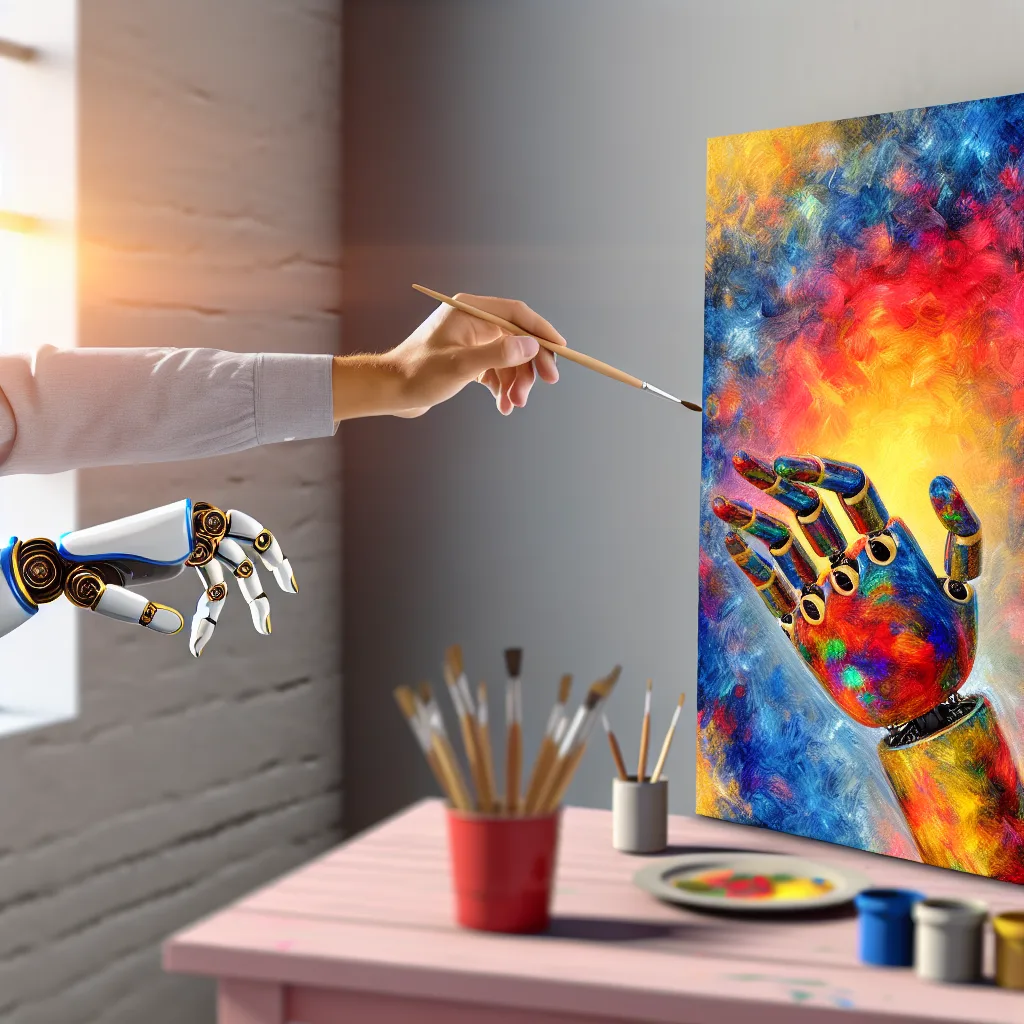Understanding the true impact of AI on creativity in our modern world
Creativity has always felt like a magic spark, something uniquely human that sets our songs, stories, and art apart. But with AI stepping into the creative scene, people quickly worried—has AI killed creativity? The honest answer is quite the opposite. AI and creativity together have actually shone a light on how much of our so-called creativity is built on patterns, familiar formulas, and repetition.
Think about it: pop music often relies on the same chord progressions that feel comfortable and familiar, Hollywood movies recycle well-worn story arcs, and even many viral online posts are just polished takes on someone else’s ideas. This pattern isn’t new, but AI highlights it by mimicking these styles effortlessly. It shows us that a lot of what we thought was originality is actually remixing what already exists.
AI and Creativity: The Comfort of Familiarity
Humans like predictability; it’s soothing. That’s why hearing a favorite song over and over or following a familiar story structure feels good. AI thrives here—it’s great at recognizing patterns and creating countless variations rapidly. The surprise isn’t that AI can create, but that it can do so by reflecting how much of our creative work fits into neat formulas.
What AI Reveals About Our Creative Work
This realization stings because it exposes the “middle ground” where many creative professionals live—that space where work is good enough and original enough but often safe and formulaic. AI can replicate that middle ground with ease. So if AI can produce what you’ve been creating, maybe it wasn’t truly as original as you thought. This doesn’t mean real creativity is dead though; it means the bar is higher.
Creativity at the Edges: Why True Originality Matters
True creativity is messy, unpredictable, and sometimes even uncomfortable. AI can remix and replicate patterns, but it can’t capture the raw emotion behind a late-night confession or the urgent energy of a protest song sung in the streets. These moments are alive because they’re unique, paradoxical, and deeply human.
Embracing a New Creative Challenge with AI
Throughout history, new technologies like the printing press and photography pushed artists to rethink their craft. AI is no different. It’s not here to replace creativity but to force us to rethink what originality means and how we express it. Ordinary, formulaic work will be automated or copied, but the strange, the bold, and the sincere will stand out even more.
Final Thoughts: Is Your Work Truly Creative?
If AI can replicate your output, it’s worth asking: was your work really as original as you believed? The frustration many feel toward AI often stems from discomfort with this question. But instead of fearing AI, maybe we should be glad it’s pushing us to be better, bolder, and more truly creative.
For those interested, exploring topics like AI’s impact on art and creativity can be rewarding. OpenAI’s research offers insights on AI capabilities. The Creative AI Lab also discusses how AI interacts with human creativity. And for a broader historical view, the Smithsonian American Art Museum showcases how technology has shaped creativity over the years.
AI has not killed creativity. It’s simply holding up a mirror. The real question is, what do we do after looking in?
